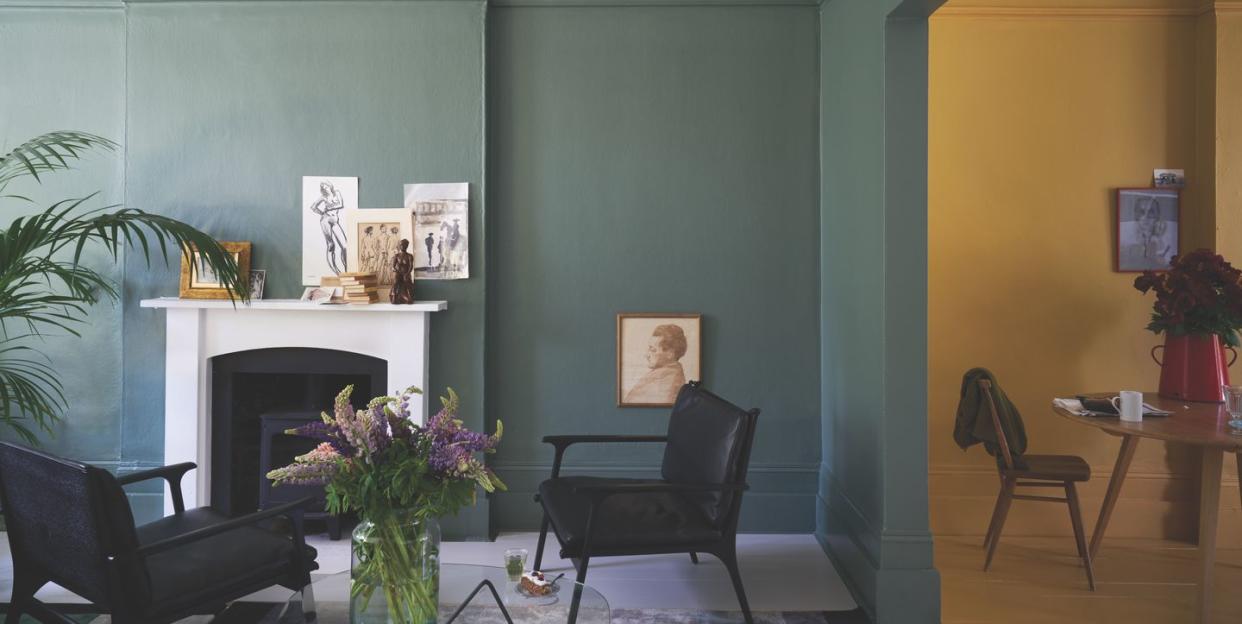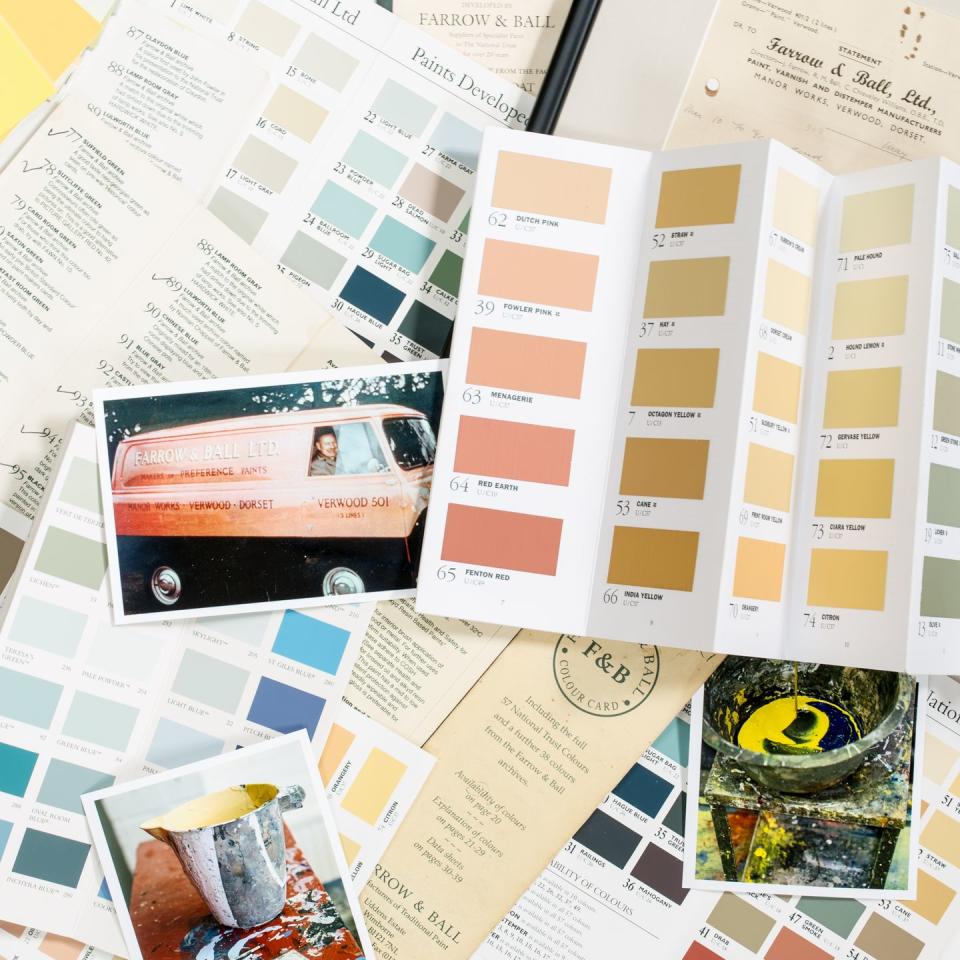Why every home looks better with Farrow & Ball paint

The House Beautiful team pick a design or interiors classic we think you'll love forever – this time, it's Farrow & Ball paint.
Who designed it?
Chemist John Farrow, who had worked for Ireland’s Agnew Paints, and engineer Richard Ball, who had survived a World War II prisoner of war camp.
After they met at a Dorset clay pit in 1946, John Farrow and Richard Ball set about creating an original paint formulation using rich pigments and natural ingredients – with the help of their wives, Ena Rose Ball, who managed the accounts, and Peggy Farrow, who designed the first logo.
Did you know... Farrow & Ball paint has appeared in a wide variety of famous properties, including the Milburn residence in Netflix's Sex Education, and is even rumoured to have been used in Windsor Castle.
Why we love it?
Elephant’s Breath, Dead Salmon, Arsenic… Farrow & Ball’s quirky colour names are as famous as the paint itself, which is synonymous with stylish interiors and, dare we say it, something of a status symbol. However, behind the characterful names are high-quality paints that justify their celebrity status.

Manufactured in small batches to a traditional formula, little has changed since the 1940s, when Farrow & Ball won its first contracts to supply paint to Raleigh Bicycles and the Admiralty. In fact, the only formula change came in 2010, when it became the first manufacturer to switch its entire range of oil-based paints to a water-based formula, which is low in VOCs (volatile organic compounds) and better for the environment.
There's a fine art to mixing the unique shades: Farrow & Ball’s Dorset factory is said to resemble a giant bakery, with super-sized mixing bowls and whisks where each colour’s ‘recipe’ is painstakingly created. New hues are subject to months of experimentation and expert scrutiny before they're deemed worthy of earning their place on the celebrated colour card.
Why you'll love it forever?
Farrow & Ball has stayed true to its origins. Resisting the allure of acrylic-based ingredients and mass production, it continues to make paint using traditional methods and natural ingredients, such as in the china clay-based Estate Emulsion formula with its pleasingly tactile finish. The colours are loaded with deep pigments that respond to different light to bring a room to life – as you can tell by looking at Farrow & Ball colours in real homes.
While many of the shades were inspired by historic properties, the brand likes to keep things fresh and is always ahead of the curve when it comes to colour. Farrow & Ball's newest collection, Carte Blanche, was created in collaboration with American fashion designer Christopher John Rogers, who has dressed the likes of Michelle Obama and Rihanna. With a whole new range of modern, vibrant hues, Farrow & Ball is embracing the future and driving new decorating trends just as successfully as it celebrates the past.
Explore the full collection at farrow-ball.com.
What makes a design icon?
For a piece to be truly iconic to the HB editors, it needs to:
Have longevity and really stand the test of time.
Illustrate innovative design, whether from the high street or a showroom.
Be recognisable homeware that deserves the spotlight.
Serve as an object of desire – beautiful, yes, but useful, too.
Be a piece that is used every day by House Beautiful editors.
Follow House Beautiful on TikTok and Instagram.
You Might Also Like



